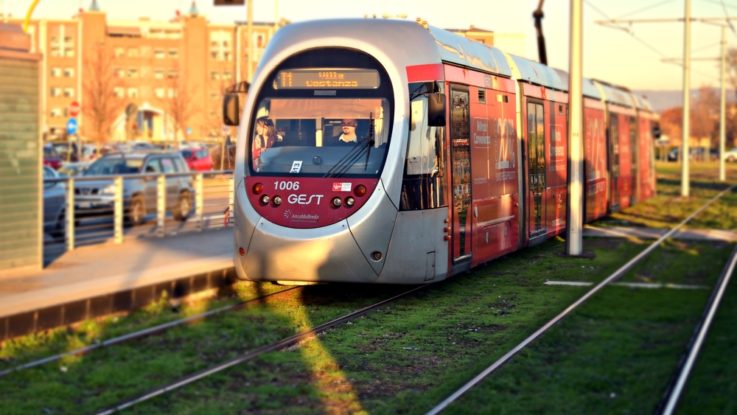
The city of Florence, Italy is working on the creation of “smart zones,” which will combine data from its tram lines, city streets, and pedestrian crossings. Towards that end, sensors have been installed in trams and tram stops.
Three smart trams have been equipped with multiple sensors, cameras, inertial measurement units (IMUs), radar, and lidar. Along with this, three tram stops will have sensing, computation, and communication capabilities. The data generated by the two components of the system will be integrated using AI, to create real-time traffic information for municipal transportation managers.
The EU-funded project is part of the ELASTIC initiative, which seeks an integrated, safe and smart urban mobility environment – with fewer accidents, more efficient traffic management, and reduced maintenance costs.
It is hoped that this new integrated sensor system will enable autonomous tram operation in the future. ELASTIC is currently developing technologies to enable an autonomous trams system, including: an advanced autonomous localization system to provide real-time accurate positioning information even without GPS coverage; and the detection of hazardous situations in real-time to alert tram drivers and private vehicle drivers.
“Busy urban spaces are in need of innovative transport solutions and smart city applications. Forging ahead with the ELASTIC project, a high-end sensor-equipped system has been incorporated in the tram vehicles and soon at the tram stops of Florence collecting and aggregating significant figures of the performance of the transportation network,” says Eduardo Quiñones, coordinator of ELASTIC. “This lays the basis for our next step: that of an active interaction between the vehicles and the city.”